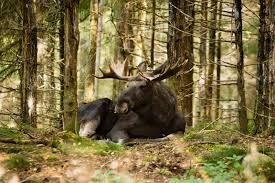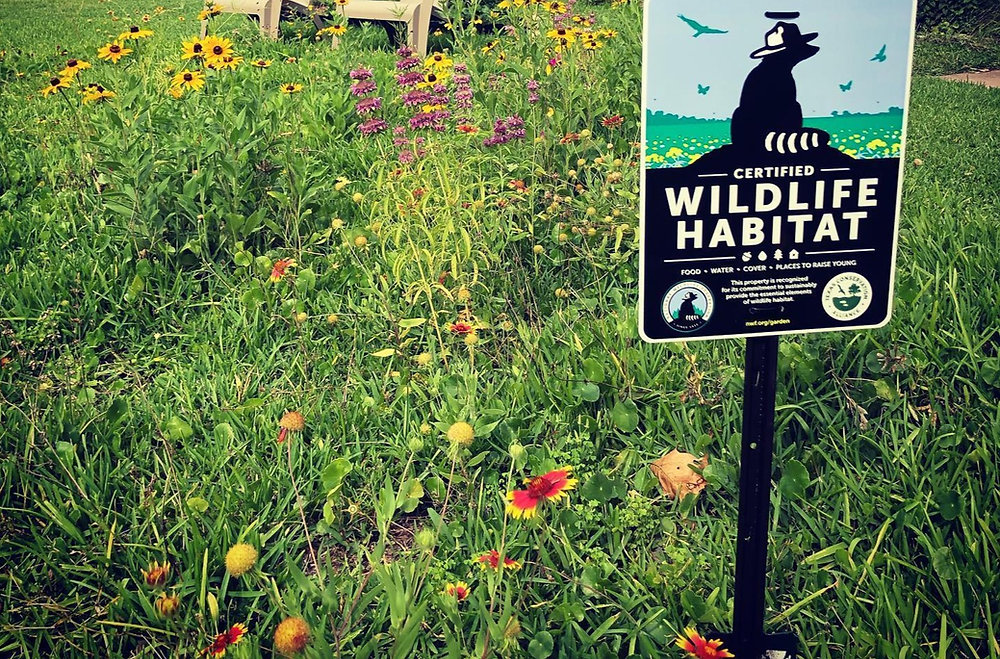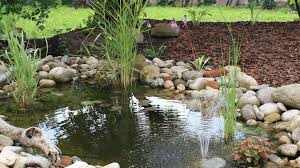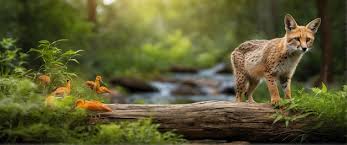Wildlife habitats are integral to the health and diversity of ecosystems around the world. These habitats provide food, water, shelter, and breeding grounds for a myriad of species, ensuring their survival and the ecological balance of our planet. Understanding and protecting these habitats is crucial as human activity increasingly threatens their existence.
Definition and Types of Wildlife Habitats
Contents

A wildlife habitat is any natural environment where animals, plants, and microorganisms live and interact. These environments vary widely and are categorized into different types based on the ecosystems they represent.
Forests
Forests are among the most biodiverse habitats on Earth. They provide shelter to mammals, birds, reptiles, and countless insects. Rainforests, in particular, are home to unique species like jaguars, orangutans, and macaws, while temperate forests support bears, wolves, and deer.
Wetlands
Wetlands, such as marshes, swamps, and bogs, are critical for aquatic life and migratory birds. They also act as natural water filters and flood protectors. Species like alligators, frogs, and herons thrive in these environments.
Grasslands
Grasslands, or savannas, are vast open areas dominated by grasses. These habitats are home to grazing animals such as zebras, bison, and antelope, as well as predators like lions and cheetahs.
Oceans and Coastal Areas
Marine habitats cover most of the Earth’s surface and include coral reefs, kelp forests, and open seas. These environments sustain countless marine species, from microscopic plankton to massive whales.
Mountains
Mountain habitats provide unique ecosystems for species like snow leopards, mountain goats, and condors. These areas are often characterized by extreme weather and limited vegetation.
Threats to Wildlife Habitats
Wildlife habitats face a multitude of threats due to human activities and natural changes. Understanding these threats is essential for developing strategies to combat them.
Deforestation
The clearing of forests for agriculture, logging, and urban development has drastically reduced the natural habitat of many species. This leads to loss of biodiversity and increases the risk of extinction for countless animals and plants.
Pollution
Pollution from industrial, agricultural, and residential sources contaminates air, water, and soil, harming wildlife. Oil spills, plastic waste, and pesticides are particularly damaging to aquatic and terrestrial ecosystems.
Climate Change
Rising temperatures, shifting weather patterns, and sea-level rise disrupt habitats globally. Polar regions, for example, are losing ice at alarming rates, endangering species like polar bears and seals.
Urbanization
Expanding cities encroach on natural habitats, fragmenting ecosystems and isolating wildlife populations. This often forces animals to migrate or adapt to urban settings, where survival is challenging.
Illegal Wildlife Trade
Poaching and illegal trade in wildlife products further threaten species already struggling to survive in shrinking habitats. Animals like rhinos and elephants are particularly at risk.
The Role of Wildlife Habitats in Ecosystems

Wildlife habitats play a critical role in maintaining ecological balance. They support biodiversity, which in turn provides numerous benefits for human and environmental health.
Biodiversity
Healthy habitats sustain diverse species, creating resilient ecosystems that can adapt to changes and disruptions. Biodiversity also contributes to food security, medicine, and recreation.
Ecosystem Services
Wildlife habitats offer ecosystem services such as water purification, pollination, carbon storage, and climate regulation. Wetlands, for instance, help mitigate floods, while forests act as carbon sinks.
Cultural and Recreational Value
Many habitats hold cultural significance for indigenous communities and provide recreational opportunities for people worldwide. Activities like birdwatching, hiking, and eco-tourism depend on well-preserved habitats.
Strategies for Wildlife Habitat Conservation
Protecting wildlife habitats requires coordinated efforts from governments, organizations, and individuals. Several strategies can help mitigate threats and promote sustainable practices.
Protected Areas
Establishing national parks, wildlife reserves, and marine sanctuaries ensures critical habitats are preserved. These areas provide a safe haven for species to thrive without human interference.
Sustainable Land Use
Adopting sustainable agricultural, forestry, and urban planning practices minimizes habitat destruction. Techniques like agroforestry and eco-friendly construction balance development with conservation.
Community Involvement
Engaging local communities in conservation efforts fosters stewardship and awareness. Community-based programs often succeed because they align with the interests of people who rely on natural resources.
Restoration Projects
Rehabilitating degraded habitats through reforestation, wetland restoration, and invasive species removal helps recover ecosystems. These projects also provide employment opportunities and strengthen ecosystems.
Legislation and Enforcement
Enforcing laws against poaching, illegal logging, and pollution is crucial for protecting habitats. International agreements like the Convention on Biological Diversity (CBD) promote global cooperation.
The Role of Technology in Habitat Conservation

Modern technology has become an invaluable tool in wildlife habitat conservation. From monitoring ecosystems to raising awareness, technology enables innovative approaches to protect nature.
Satellite Imaging
Satellite technology helps track deforestation, monitor wildlife movement, and detect illegal activities. These insights are crucial for planning and enforcement.
Drones
Drones provide a cost-effective way to survey large or remote habitats, capturing real-time data without disturbing wildlife.
Citizen Science
Mobile apps and online platforms empower individuals to contribute to conservation by reporting sightings, participating in surveys, and raising awareness.
Genetic Studies
DNA analysis and genetic monitoring provide insights into population health, migration patterns, and breeding success, guiding conservation strategies.
The Future of Wildlife Habitats
The future of wildlife habitats depends on the collective efforts of governments, organizations, and individuals. As awareness grows and technology advances, there is hope for reversing some of the damage.
Global Initiatives
International agreements like the Paris Climate Accord and the indrabet Aichi Biodiversity Targets aim to address climate change and protect biodiversity. Collaborative efforts across nations are essential.
Education and Advocacy
Educating people about the importance of wildlife habitats fosters a culture of conservation. Advocacy campaigns can influence policies and encourage sustainable practices.
Individual Actions
Individuals can contribute by supporting conservation organizations, reducing waste, and advocating for wildlife-friendly practices. Simple choices, like using less plastic and planting native vegetation, can make a difference.
Conclusion
Wildlife habitats are the cornerstone of biodiversity and ecological health. Protecting these environments is not only vital for the survival of countless species but also for the well-being of humanity. By addressing threats, embracing sustainable practices, and leveraging technology, we can ensure a thriving future for wildlife and the habitats they call home.





